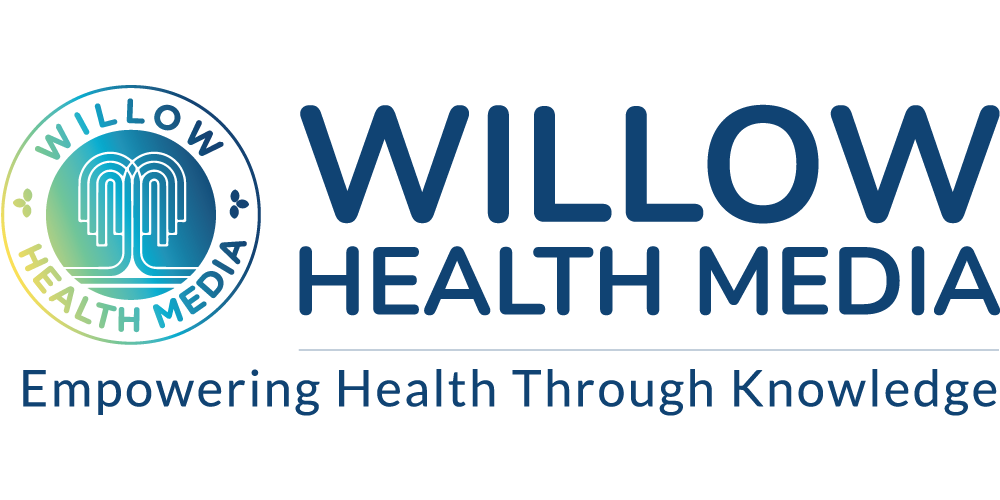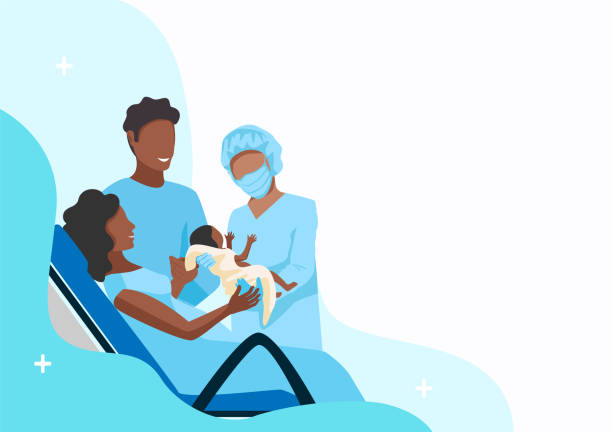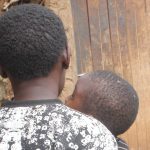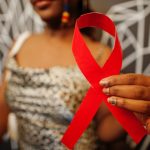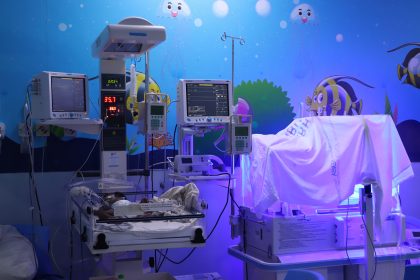The training and innovations bore fruit in 30 facilities, and by 2023, maternal deaths decreased from about 240 deaths to about 60 deaths per 100,000 births
Last year, slightly over one million children were born in Kenya. While the bundles of joy brought happiness to many a family, the death of either the mother or the child was recorded in some. This is the unfortunate case that low and middle-income countries like Kenya are struggling to address.
In Kenya, for every 100,000 women who gave birth last year, 594 lost their lives. The infants were also lost at a ratio of 29 infants for every 1,000 live births. Despite efforts to address maternal and infant mortality rates, these ratios show that the country still has a long way to go to achieve the Sustainable Development Goal of ensuring healthy lives for all, which includes these two issues.
The things that non-governmental organisations and countries, including Kenya, are addressing to reduce the ratio of maternal and infant mortality include improving access to healthcare, empowering women and the community, and addressing healthcare disparities, among others.
In 2019, the Global Financing Facility for Women, Children and Adolescents (GFF) partnered with Norad – the Norwegian Agency for Development Cooperation, UNICEF and Laerdal for an Innovation-to-Scale initiative to scale up and test promising innovations with high impact potential. Over 300 organisations sent out proposals to the World Bank-housed trust fund, but it was the Safe Births Bundles of Care Program which was convincing enough.
Now, a new study published following the three-year maternal and newborn health program in Tanzania has found that focusing on regular on-the-job training of healthcare workers could significantly reduce maternal and infant deaths. With a respective reduction of maternal death by 75% and early newborn deaths by 40%, if this is effected in Kenya, our maternal mortality rate could reduce to about 148 in every 100,000 live births, whereas our newborn deaths could reduce to 17 for every 1,000 live births. But how is it done?
According to the study titled Outcomes of a Program to Reduce Birth-Related Mortality in Tanzania, the answer is “on-site and frequent simulation training for health workers, alongside innovative clinical tools to better monitor heart rates and perform resuscitation.” The study is the culmination of a program called the Safe Births Bundles of Care Program, which simultaneously investigated intrapartum stillbirths and neonatal and maternal deaths.
The Safer Births Bundle of Care program has been implemented in 30 hospitals in five regions in Tanzania. It is funded by the Global Financing Facility and implemented in collaboration with the national health authorities in Tanzania. The program involved some 300,000 births over a three-year period. In order to make the project effective, national trainers were trained, who in turn trained local facilitators who were facility-based.
Each labour ward had a ‘training corner’, and simulation was a big part of the training of health care workers in the facilities. “Innovative simulators, which were delivered to every site, included NeoNatalie Live for newborn resuscitation training and MamaNatalie for training on identification, prevention, and management of postpartum bleeding,” according to the study.
In the duration of the program, local facilitators ensured that the healthcare workers completed frequent individual skills training in addition to taking them through regular team simulations, which focused on newborn resuscitation and postpartum bleeding. “The integration of training and clinical care, innovative tools, data collection, and feedback systems facilitated continuous quality-improvement efforts,” stated the study.
In addition to the simulators, there were clinical innovations from Laerdal Global Health that were used in the program. They include the Moyo Fetal Heart Rate Monitor for fetal heart-rate monitoring, the NeoBeat Newborn Heart Rate Meter for immediate assessment at birth and the Upright Bag Mask for easier bag-mask ventilation of newborns who are not breathing.
The training and innovations bore fruit in the 30 facilities, and by 2023, maternal deaths decreased from about 240 deaths per 100,000 births in the baseline period to approximately 60 deaths per 100,000 births after full implementation. According to the study, infant death decreased from 15.3 deaths per 1000 births before the program to 12.5 deaths per 1000 births after implementation.
The Safe Births Bundle of Care Program seems to have revolutionised how maternal and infant mortality is addressed, with the possibility of hastening the achievement of SDG 3 in terms of health. “With the Safer Births Bundle of Care, we have proven that it is possible to implement combined training and quality improvement efforts that lead to dramatic and sustained reductions in newborn and maternal deaths. I believe this marks a game-changing moment for women and newborns everywhere,” said Hege Ersdal, Professor of Global Health and Simulation and lead co-author of the study in a statement.
Dr Fouzia Shafique, the associate director for health at UNICEF, agrees with Ersdal. “By combining on-the-job training with innovative clinical tools, we can make strides in saving lives and improving health outcomes,” she said.
And now, due to the success of the program, it is being scaled to a further 150 hospitals in Tanzania, thanks to a private-public partnership with Haydom. “The Safer Births Bundle of Care program is transforming how we approach maternal and newborn health in Tanzania – and could transform health outcomes globally,” said Dr. Paschal Mdoe, Executive Director, Haydom Lutheran Hospital, Tanzania.
The next step is to push this breakthrough further and to more countries with high maternal and infant mortality ratios for implementation. To do this, more funding is needed. However, this comes at a time when funding for development by the West is decreasing. Countries with high maternal and infant mortality, like Kenya, may need to incorporate the lessons from the program into their programs. “UNICEF is committed to supporting scalable solutions that ensure a healthier future for mothers and children worldwide,” said Shafique.
